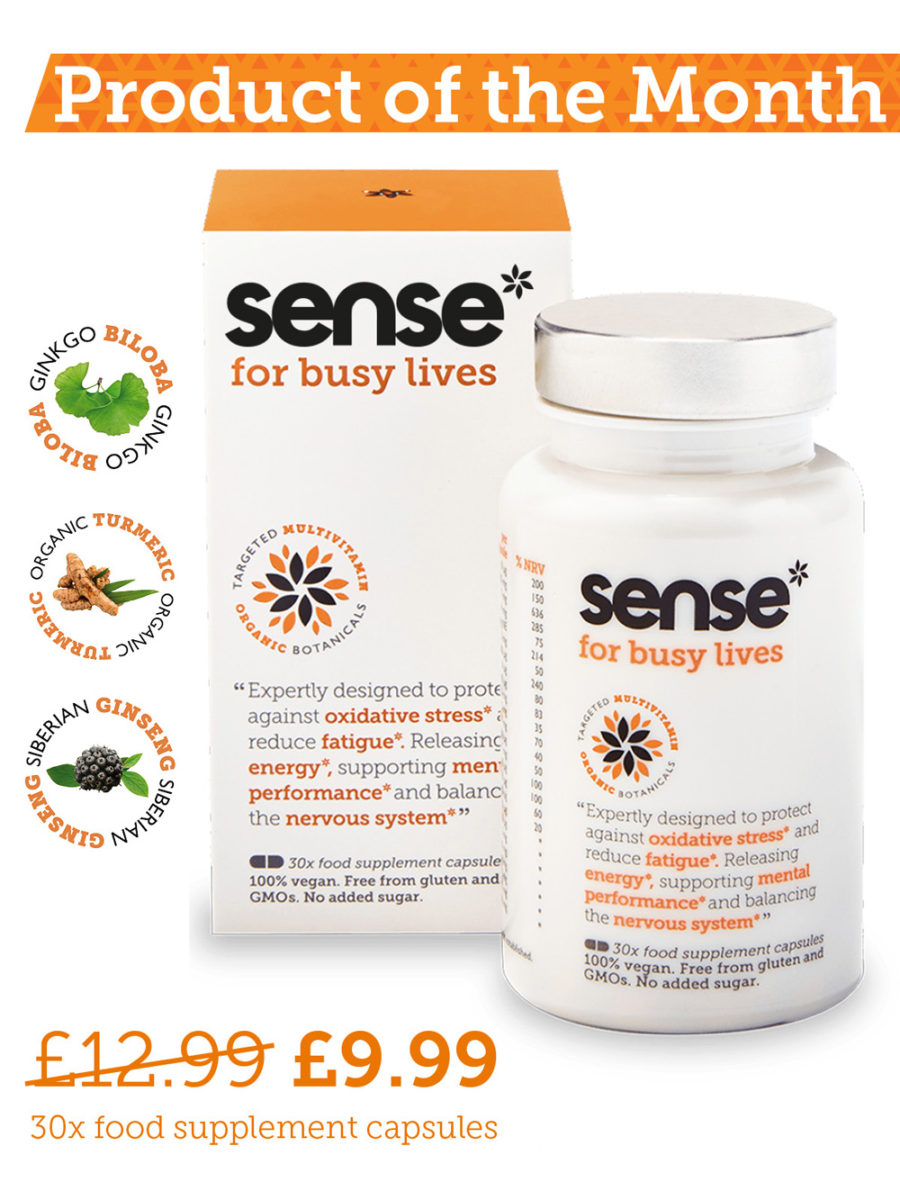
In nutritional science, bio-availability can be broadly defined as the proportion of a nutrient that is absorbed from the diet and used for normal body functions.
But not all nutrients are born(e) equal (excuse the pun)! When we consume a food, drink or supplement, the nutrients contained in it are released via the digestion system.
Carried in the bloodstream and transported to their respective target tissues or organs, your brain, heart, lungs, arms and legs simply wouldn’t function without being provided with nutrition. Scary!
Utilization of Nutrients
However, even though you may eat or take them as food, drink or supplements, not all nutrients can be utilised to the same extent.
In other words, they differ in their bioavailability to you and your body. Understanding nutrient bioavailability helps optimise diets and set appropriate nutrient recommendations.

What affects the level of bio-availability?
The following components describe the different steps of the metabolic pathway where changes in nutrient bioavailability may occur:
– Ease of release of the nutrient from the physicochemical matrix its found in;
– effects of your digestive system and its enzymes and mucoza
– transfer across the gut wall (passing through the cells, in-between them or both) to the blood or lymphatic circulation
– systemic distribution
– systemic deposition (stores)
– metabolic and functional use
– excretion (via urine or faeces)
External and Internal Factors for Bio-availability
As is evident from this list, the bioavailability of a nutrient is governed by external and internal factors.If you don’t start with the best possible ingredient, you will be fighting a losing battle.
External factors include the food matrix and the chemical form of the nutrient in question. Whereas gender, age, nutrient status and life stage (e.g. pregnancy) are among the internal factors.
Aspects such as nutrient status also determine whether and how much of a nutrient is actually used, stored or excreted. Some definitions of bioavailability however, restrict themselves to the fraction of a nutrient that is absorbed.
While the internal factors depend on the individual, the most important external factors for bioavailability are highlighted below:
Format of Supplement
Whether a food supplement comes in a tablet or capsule form has a significant impact on its content absorption.
For example, tablet pills have way more additives, preservatives, glues, coating agents than hard gel capsules.
Where most of the times hard gel capsules are a potent blend of active ingredients incorporated in a vegetable origin capsule shell.
In the capsule format the use of excipients is minimal and occurs only in cases when it is absolutely necessary.
In tablets there is use of edible glues, coatings, even toxic colourings. The excipients found in tablets can often out weight the active ingredients.
And even if they don’t they offer no benefits to the body and may inhibit absorption of active ingredients.

The form of active nutrient used
The form of the active compounds used in a supplement is also responsible for its bio-availability and absorption into the body.
The selection of the most bio-available forms is based on scientific papers examining absorption rates of single active ingredient or combinations of few actives.
Methylcobalamin versus Cyanocobalamin
Another good example of bio availability is the use of methylcobalamin versus cyanocobalamin.
Methylcobalamin is a naturally occurring form of vitamin B12. It is immediately ready to be used by your body and has several advantages compared to cyanocobalamin.
These include the following:
- It is natural and does not contain any toxic cyanide.
- Methylcobalamin is absorbed and retained better by the bodys tissues and organs.
- Methylcobalamin is also able to outperform cyanocobalamin in several other important ways. Evidence suggests Methylcobalamin stays in a person’s body for considerably longer than its synthetic counterpart.
So whatever the reason for taking vitamin B12, you will get more of it into your bloodstream or tissues or organs and for longer periods of time if you have it in the form of Methylcobalamin.
see HERE for THE SENSE* COMMITMENT TO QUALITY INGREDIENTS.
Here is a list of ingredients to avoid as having less than optimal bio-availability:
- calcium oxide
- calcium carbonate
- chromium oxide
- magnesium oxide
- zinc oxide
- Copper oxide
- Manganese oxide
- Selenium oxide
Combination of active nutrients
The combination of active ingredients in specific ways also contributes significantly to the absorption or bio-availability of the ingredients or nutrients.
Here are a few examples:
– black pepper used as a catalyst for the maximum absorption of curcuminoids in turmeric powder
– vitamin C used as a catalyst for the maximum absorption of iron
– Ginkgo biloba and Siberian ginseng achieve a synergistic benefit to enhance cognitive function, because combined together they have increased positive effect on cognition
– combination of peppermint, oregano, rosemary, cinnamon, turmeric provide a synergistic combination of botanicals,rich in essential oils that help kill the bad bacteria in the gut
– Magnesium and Calcium work better together at the cellular level. Magnesium is a critical (catalyst) for your body to absorb the calcium it is taking in. It produces the hormone that your body needs to process it.
Vitamin D is also important for the absorption of calcium from the stomach and for the functioning of calcium in the body as mentioned above.
Storage conditions
In studies, scientists have found that conditions found in most bathrooms tend to degrade vitamins and other supplements over time.
This process, known as deliquescence, can reduce the potency of vitamin B, vitamin C and other water-soluble supplements.
It may even render them useless. Airtight lids do not necessarily solve the problem. Opening and closing them allows humidity and moisture to get in.
The best bet may be to keep vitamins in a cool, dry area with little humidity, like the bedroom or kitchen.
Sense* policy when it comes to bio-availability and high quality ingredients see HERE for THE SENSE* COMMITMENT TO QUALITY INGREDIENTS.
- Uses only hard gel capsules to avoid unnecessary additives found in tablet pills for maximum absorption levels
- Uses the most bioavailable forms of actives
- Rejects all cheap alternatives available in the market that compromise in absorption
- Carefully manufactures all products in premises that under GMP certificate. Comply with the strictest policies concerning product quality and safety. Which in practice means high quality products throughout their shelf life

